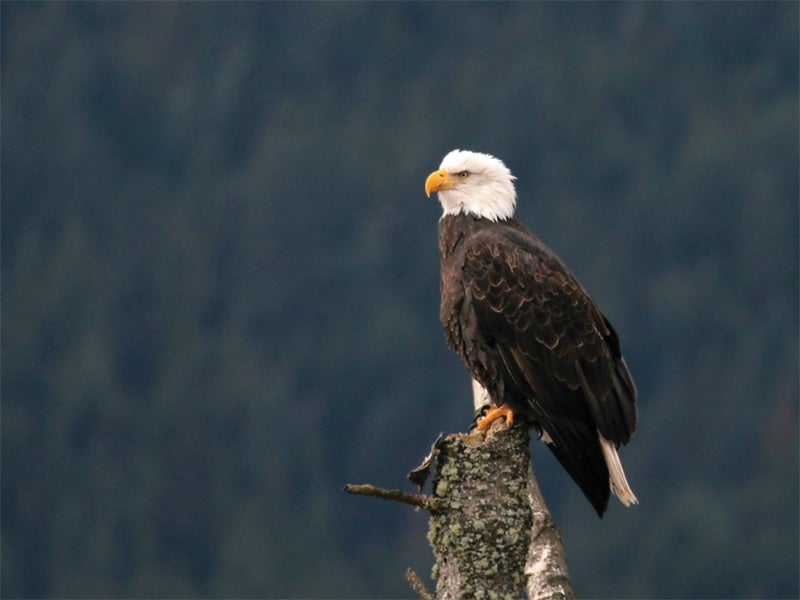
U.S. Senate
See Full Big Line
(D) J. Hickenlooper*
(R) Somebody
80%
20%

Governor
See Full Big Line
(D) Phil Weiser
(D) Joe Neguse
(D) Jena Griswold
60%
60%
40%↓

Att. General
See Full Big Line
(D) M. Dougherty
(D) Alexis King
(D) Brian Mason
40%
40%
30%

Sec. of State
See Full Big Line
(D) A. Gonzalez
(D) George Stern
(R) Sheri Davis
50%↑
40%
30%

State Treasurer
See Full Big Line
(D) Brianna Titone
(R) Kevin Grantham
(D) Jerry DiTullio
60%
30%
20%

CO-01 (Denver)
See Full Big Line
(D) Diana DeGette*
(R) Somebody
90%
2%

CO-02 (Boulder-ish)
See Full Big Line
(D) Joe Neguse*
(R) Somebody
90%
2%

CO-03 (West & Southern CO)
See Full Big Line
(R) Jeff Hurd*
(D) Somebody
80%
40%

CO-04 (Northeast-ish Colorado)
See Full Big Line
(R) Lauren Boebert*
(D) Somebody
90%
10%

CO-05 (Colorado Springs)
See Full Big Line
(R) Jeff Crank*
(D) Somebody
80%
20%

CO-06 (Aurora)
See Full Big Line
(D) Jason Crow*
(R) Somebody
90%
10%

CO-07 (Jefferson County)
See Full Big Line
(D) B. Pettersen*
(R) Somebody
90%
10%

CO-08 (Northern Colo.)
See Full Big Line
(R) Gabe Evans*
(D) Yadira Caraveo
(D) Joe Salazar
50%
40%
40%

State Senate Majority
See Full Big Line
DEMOCRATS
REPUBLICANS
80%
20%

State House Majority
See Full Big Line
DEMOCRATS
REPUBLICANS
95%
5%
 December 16, 2015 10:40 AM UTC
December 16, 2015 10:40 AM UTC 6 Comments
6 Comments




Oh, they'll probably, unfortunately, be developed soon enough, or they risk becoming stranded assets. See also: Arabia, Saudi and the Republican rider to the current budget bill ending the ban on exportation of American oil …
Natural gas sitting in the Piceance could already be there. But they'll keep trying. Blaming failure on environmentalists and the government. Dreams die hard.
Here is a story from the Public News Service.
E&E (a subscription service) also ran an article yesterday: "Lease suspensions cost taxpayers, lock up public land — report."
Republicans for Environmental Protection; now Conserv America; talked about this issue prior to the Great Recession starting in 2007. REP's position was that energy companies should develop what they already had in way of leases, instead of continuing to claim that they "didn't have access" to public lands and pressing for more leasing.
In the "lets make a deal while we're lifting the export ban" department", how about expanding the Master Limited Partnership tax code to include renewable energy projects?
Its such a game. I remember when they said if Obama didn't lease out every inch of the nation we would all be burning wood gas in our cars.